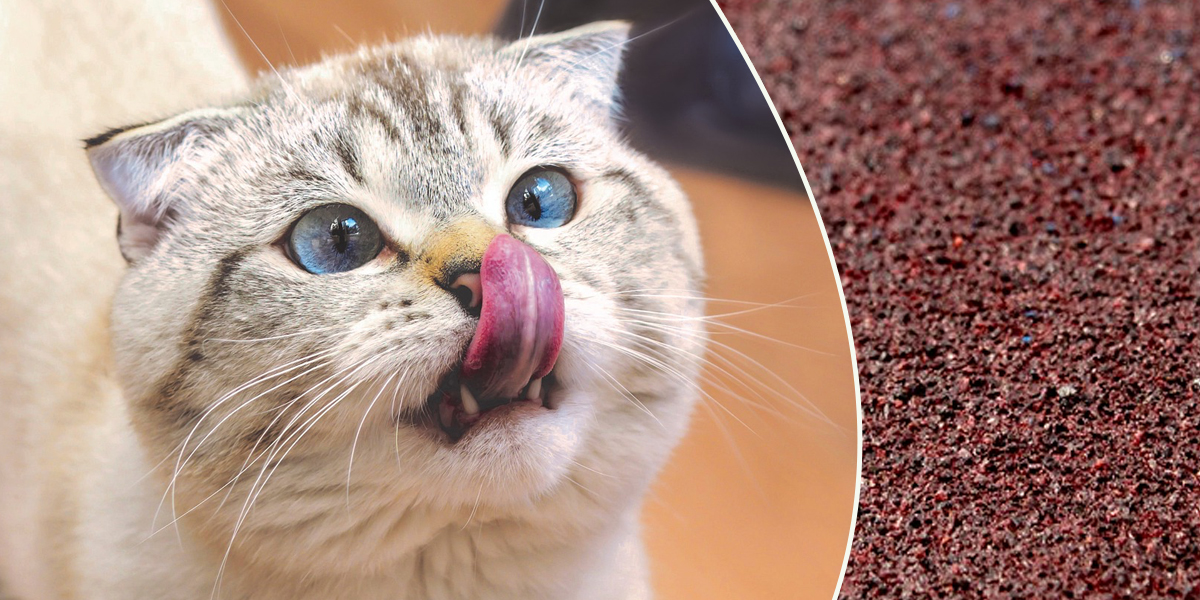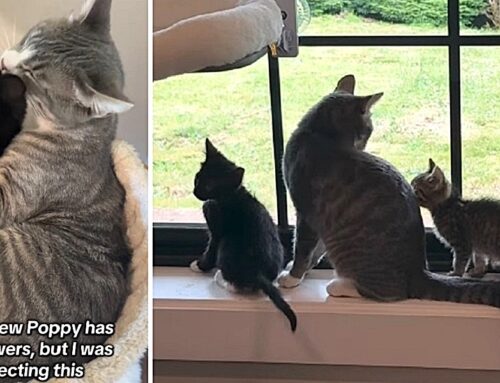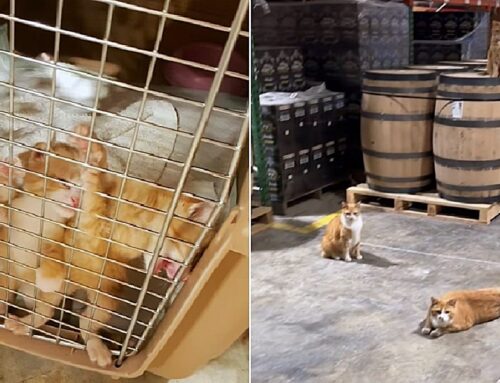We may not think of it much, but doesn’t it feel mystifying when a kitty licks you with that adorably scratchy tiny tongue? Those cute little sandpapery tongues almost seem like little miracles, but evolution has shaped them to near perfection. Indeed, cats rely on their tongues more than we rely on ours. Human tongues are great for tasting that pepperoni pizza and for helping us to talk. But beyond that, we don’t really use them for much.
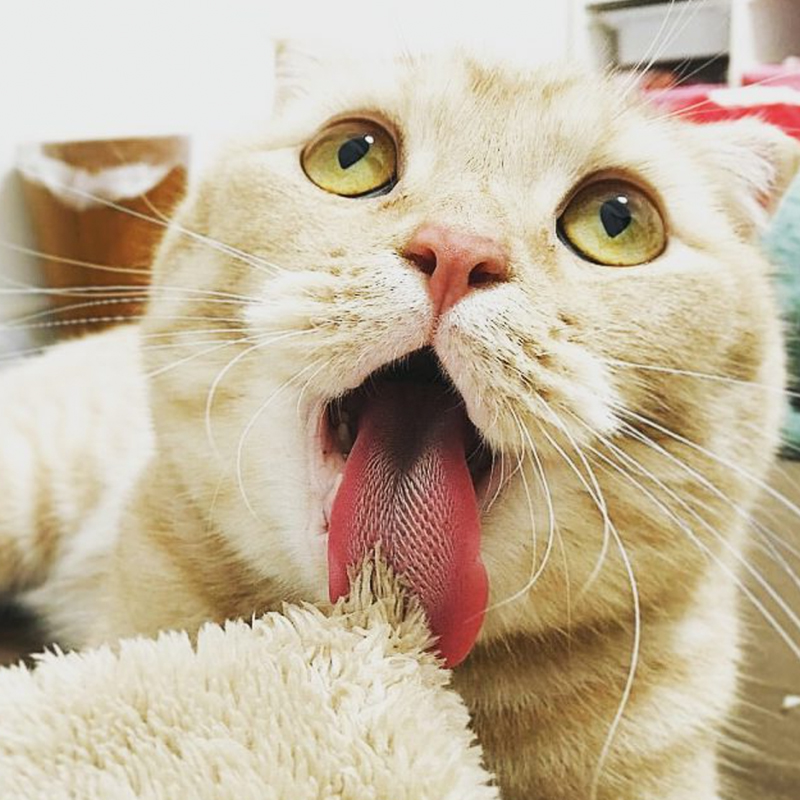
Image via Instagram/catstoday
A Cat’s Tongue Is Versatile
Our cats, however, use their tongues for a variety of reasons — keeping their beautiful fur clean, cooling themselves off, and of course, for eating their favorite meal. But a group of top-notch researchers wanted to know more, according to Daily Paws. They wanted to find out more about the structure of a cat’s tongue and the purposes behind that elegant design.
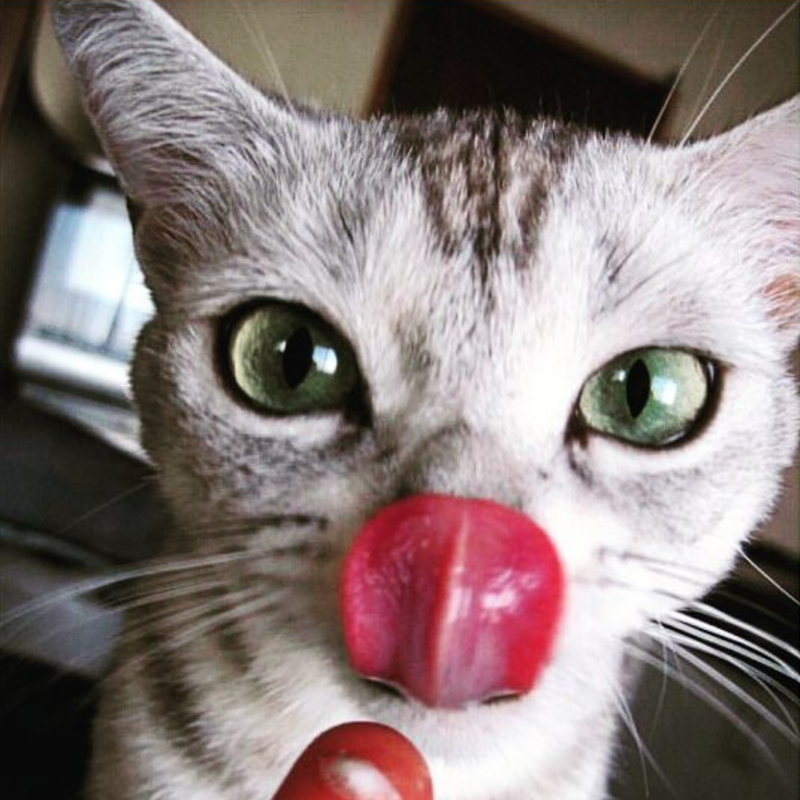
Image via Instagram/malaysiancat
So What Does A Cat’s Tongue Really Look Like?
When you’re watching your cat’s tongue in action — whether he’s grooming himself or doing an adorable blep — it almost looks kind of furry. But it’s not fur you’re looking at. Instead, it’s covered with hundreds of backward-facing tiny spines called papillae, says DVM Laura Moon of Green Hills Veterinary Clinic, in Moberly, Missouri. The pointy scoop-shaped spines are actually hollow and consist of rigid keratin, the same hardened protein found in our fingernails, and in animal claws, hooves, and horns (think rhino.)
See more from Science Magazine:
🐆 Wild Cat Tongues 🐆
Your kitty’s big cat cousins also have these very same papillae. We know this thanks to Micro-computed tomography (micro-CT), which found that bobcats, pumas, snow leopards, lions, and tigers also have these scratchy adaptations.
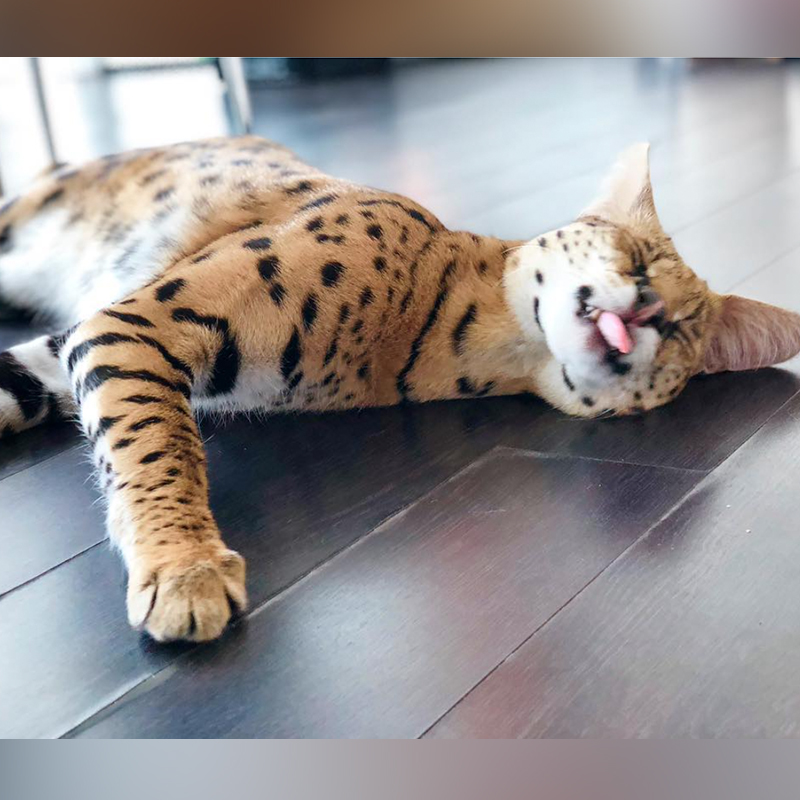
Image via Instagram/strykerthecat
👅 So Why Is A Cat’s Tongue So Sandpapery? 👅
There are at least three reasons why cats have such rough little tongues, according to research.
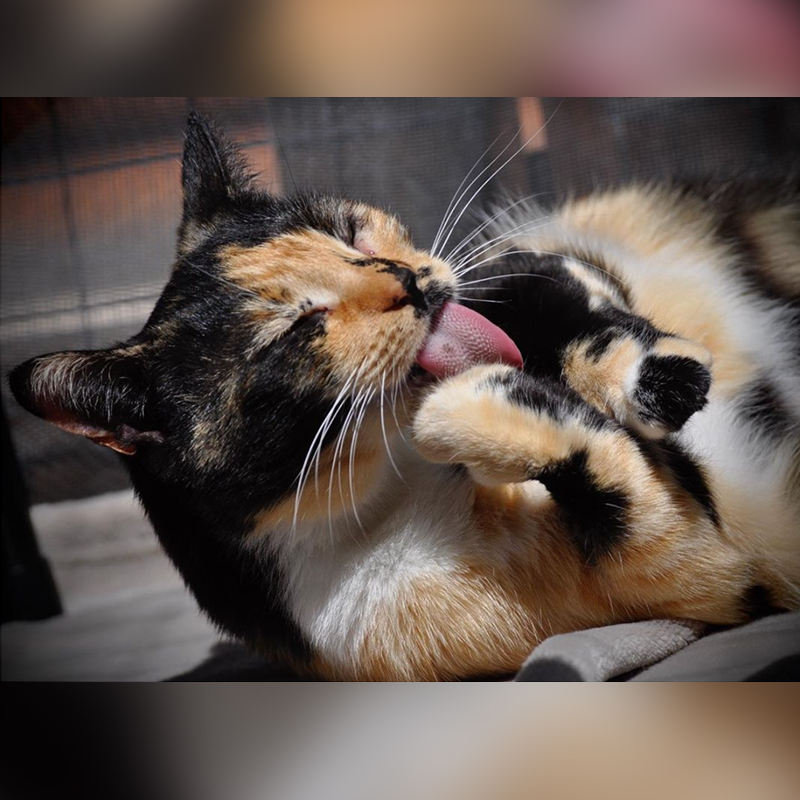
Image via Instagram/purrfectpurradise
They help a cat groom
As part of a 2018 study, Alexis Noel and Peter Hu discovered that the spines on a cat’s tongue have two hollow areas. One of these areas, near the tip of the tongue, helps gather saliva from the cat’s mouth, then deposits it deep inside the cat’s fur. There’s also a hollow area at the base of the cat’s tongue and that makes it easier to remove fur that’s gotten caught on the tongue. So this means your cat’s tongue is like a rather sophisticated comb.
Grooming is really important for cats and they spend nearly a quarter of their day doing just that (although sometimes it seems like they’re mostly doing that in the middle of the night on your bed while you’re trying to sleep. Because cats.) Noel and Hu found that cats do this as a way to remove fleas, debris, and loose hairs. This can help remove painful mats and tangles that can lead to infection.
Video above via Instagram/miss_diesel_thesiberiancat
🐅 Helping Your Tiger Keep Cool 🐅
Because those little spines deposit saliva deep into your cat’s fur, this not only helps him groom, it also helps him maintain his body temperature. Your little guy’s paws are the only places where he has sweat glands. Hu and Noel say grooming has always been thought of as a way to keep cats cool and they found that those tongue spines can help keep your cat 25 percent cooler as they moisten his fur.
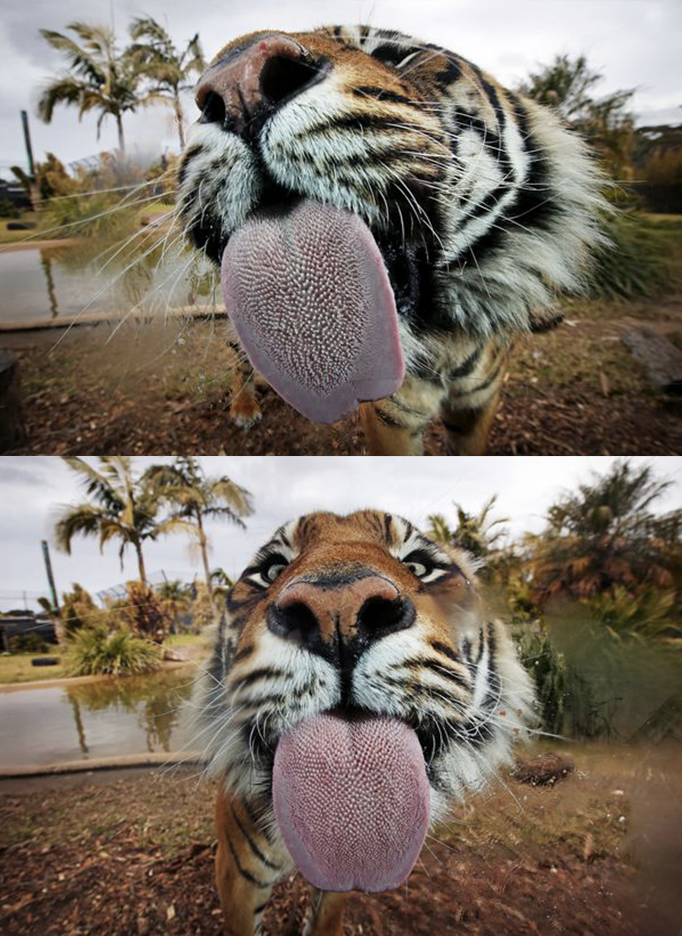
Image: The Mirror/REX/Shutterstock)
Your cat’s tongue also helps him enjoy his food
Cats, by nature, are obligate carnivores. The proteins found in meat provide the necessary protein for a cat’s survival. And because meat is so important in a cat’s diet Hu and Noel found that the hook-like spines help grip and shred the meat.
But Is There A Downside To Having A Rough Tongue?
Well, it seems there is, though, for the most part, it’s usually not a big deal. I’m sure you’re probably already aware of this, but that fine-toothed tongue also means your cat may throw up hairballs occasionally. “Some cats may suffer from hairballs because their tongues grip fur so well,” Moon says. But she adds in most cases this is usually not worrisome because the hairballs usually pass through the cat’s gastrointestinal tract or are vomited up in due time. “Rarely,” she says, “a cat will need surgery to remove a large hairball.”
However, Daily Paws notes that if your cat is throwing up hairballs more than once a week, it’s time for a visit to the vet.
Video above via Instagram/catswiththeirtonguesout
It’s always adorable when your cat does a tongue blep and more than a few of us have photos of our cats doing just that. But that little pink tongue is really a wonder of nature. It helps your cat get the nutrition he needs and keeps him clean and cool. Not a bad deal in the least.
Featured image: Composite: Cat tongue picture by guvo59 / 1861 images via Pixabay, Pixabay License with sandpaper by LeoNeoBoy via Pixaby, Pixabay License


